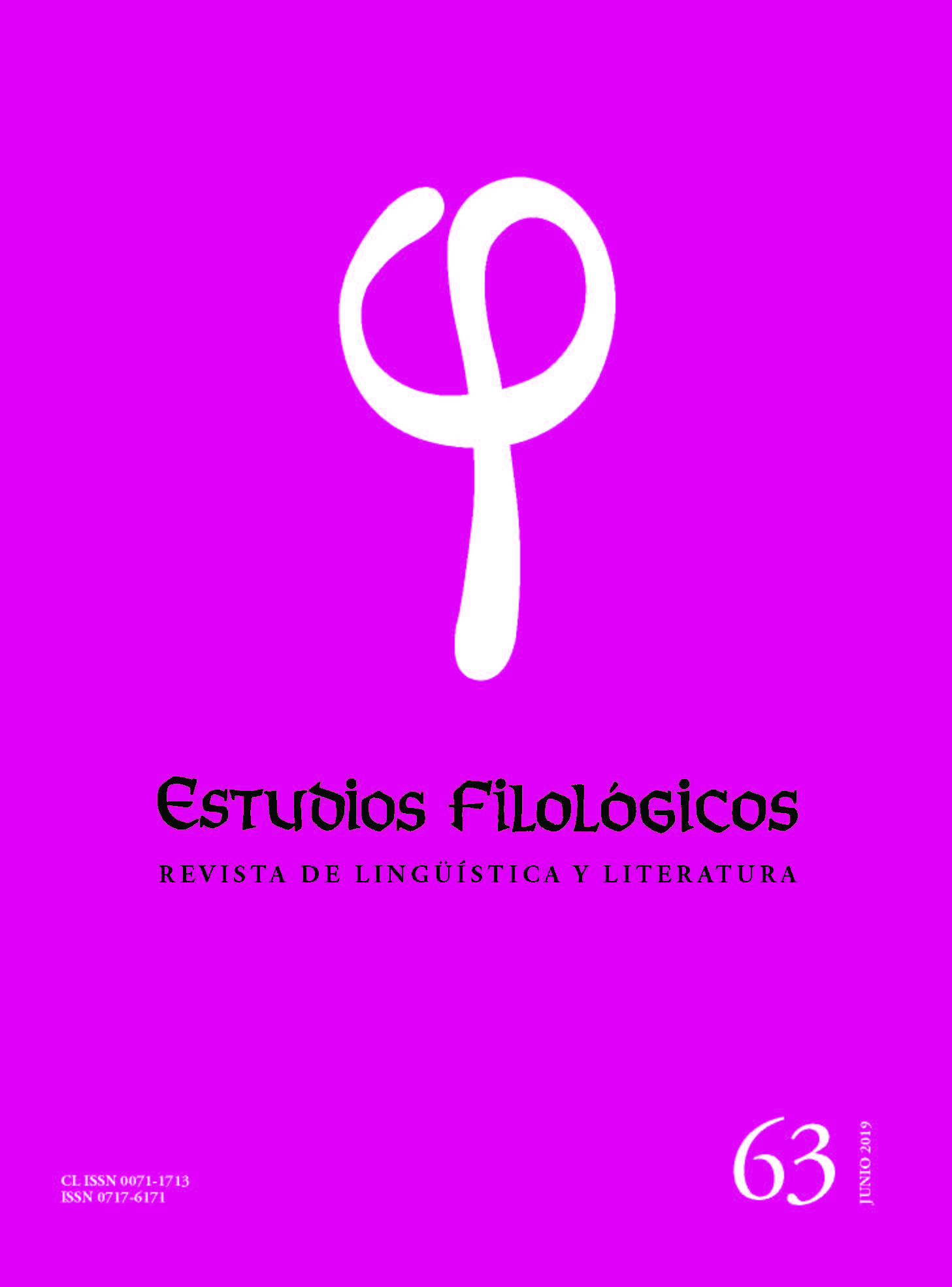The Space of the Possible in 'The Agony of Rasu Ñiti' by José María Arguedas
Main Article Content
Abstract
“The Agony of Rasu Ñiti” (1963) by José María Arguedas falls within the framework of a literary project of cultural resistance crafted extensively by the author throughout his work. Far from conveying a message on the order of the world or depicting the conflicts of a culture that refuses to disappear, this story presents Andean space and time as coordinates in which the impossible is possible for the Western gaze and the modern world. Therein lie the subversive elements of the text and the political nature of its outlook. Here, the Dansak (Scissors Dancer) transcends from death to life, without any question, restoring previous scenes and anticipating others to come, before the gaze of some character-spectators, inhabitants of this common multisensory and polyphonic ritual space, developed through writing that evokes oral and theatrical traditions.

